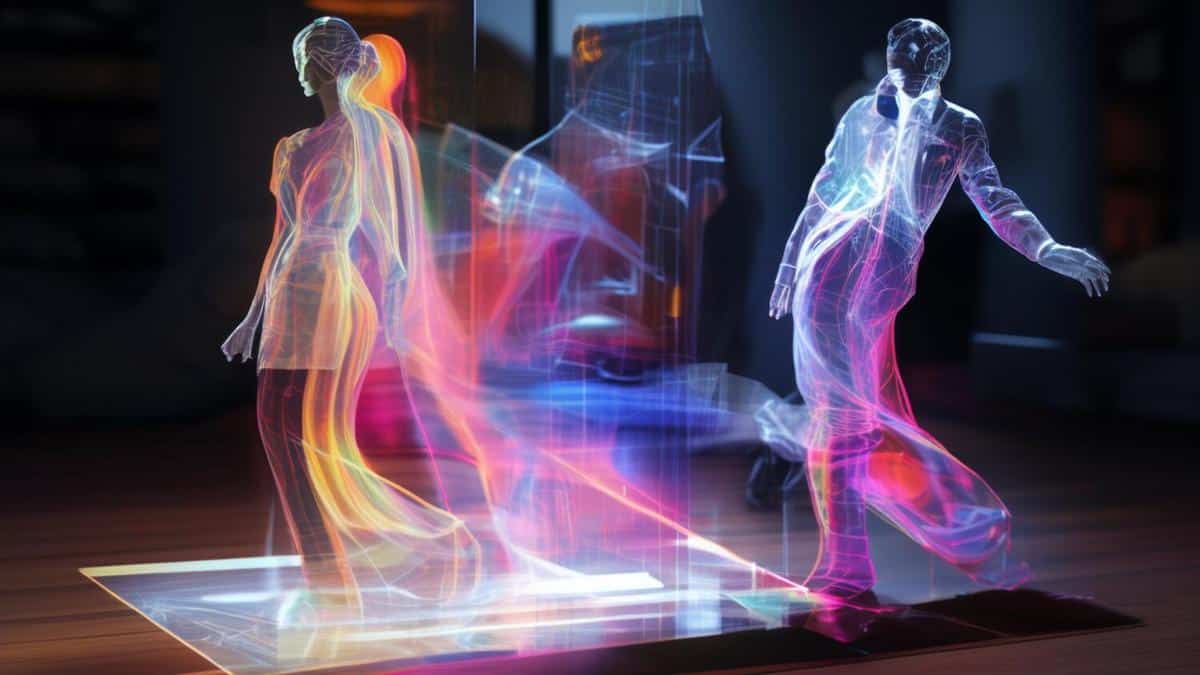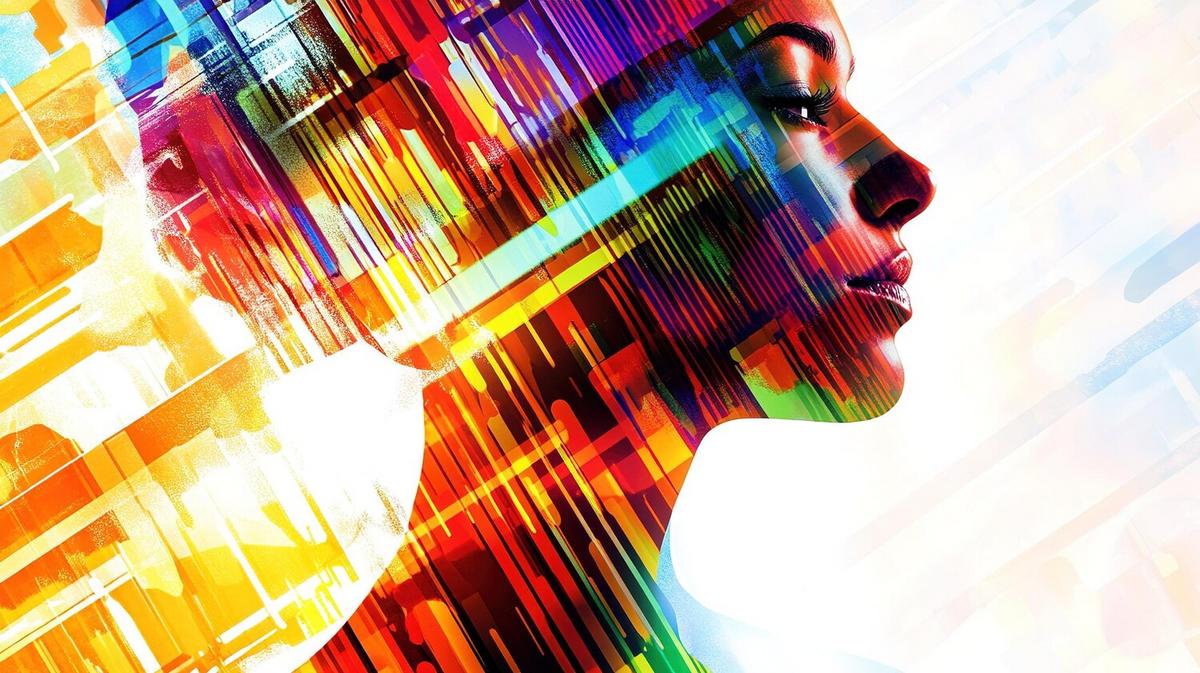
The Evolution of Dance in the Digital Landscape
Dance has always been a reflection of culture, evolving through time alongside societal changes. With the advent of digital technology, the world of dance has seen unprecedented transformations, merging traditional techniques with innovative platforms to reach audiences across the globe.
The Digital Transformation of Dance
The digital age has revolutionized how dance is created, taught, and shared. According to renowned dance critic Siobhan Burke, “The internet has become a stage for dancers, offering them the freedom to explore and express in ways previously unimaginable.” This sentiment is echoed by the increasing number of online platforms dedicated to dance, allowing for a broader reach and engagement.
Statistics and Research
A recent study from Dance Magazine highlights that over 70% of dancers now use digital media to promote their work, showcasing the integral role technology plays in modern dance. Furthermore, platforms like YouTube and TikTok have amassed millions of dance-related videos, demonstrating the medium’s popularity and accessibility.
Personal Stories: Embracing the Digital Stage
Emma, a contemporary dancer from New York, shares how digital platforms have expanded her audience. “I used to perform for small local audiences, but now my choreography is seen by people worldwide,” she says. Her story is a testament to the power of digital media in breaking geographical barriers.
Actionable Tips for Dancers
- Embrace social media platforms to showcase your talent and connect with a global audience.
- Engage with online dance communities to learn new styles and techniques.
- Utilize video editing software to enhance your dance videos, making them more appealing to viewers.
Explore collaborations with digital artists to create immersive dance experiences that combine movement with virtual reality elements.
Benefits of Digital Dance Platforms
| Traditional Dance | Digital Dance |
|---|---|
| Local audiences | Global reach |
| Physical classes | Online tutorials |
| Live performances | Recorded and streamed shows |
| Limited collaboration | Cross-genre collaborations |
| Fixed choreography | Interactive choreography |
| Local competitions | International contests |
| Physical feedback | Virtual feedback |
| Resource constraints | Abundant online resources |
Frequently Asked Questions
How can beginners start learning dance online?
Beginners can start by following online tutorials and joining virtual dance classes offered by experienced instructors.
What are some popular platforms for sharing dance videos?
YouTube and TikTok are highly popular platforms for sharing dance content and reaching a wide audience.
Can digital dance replace live performances?
While digital platforms offer new opportunities, they complement rather than replace the unique experience of live performances.
Conclusion
The evolution of dance in the digital landscape highlights the fusion of tradition and technology, offering dancers new avenues for creativity and expression. As digital tools continue to evolve, so too will the possibilities for dance, inviting artists to push the boundaries of what is possible. Embrace these changes, and you’ll find that the stage has never been more accessible.


